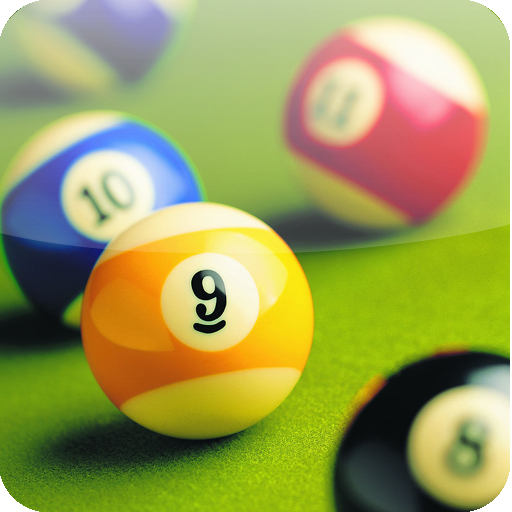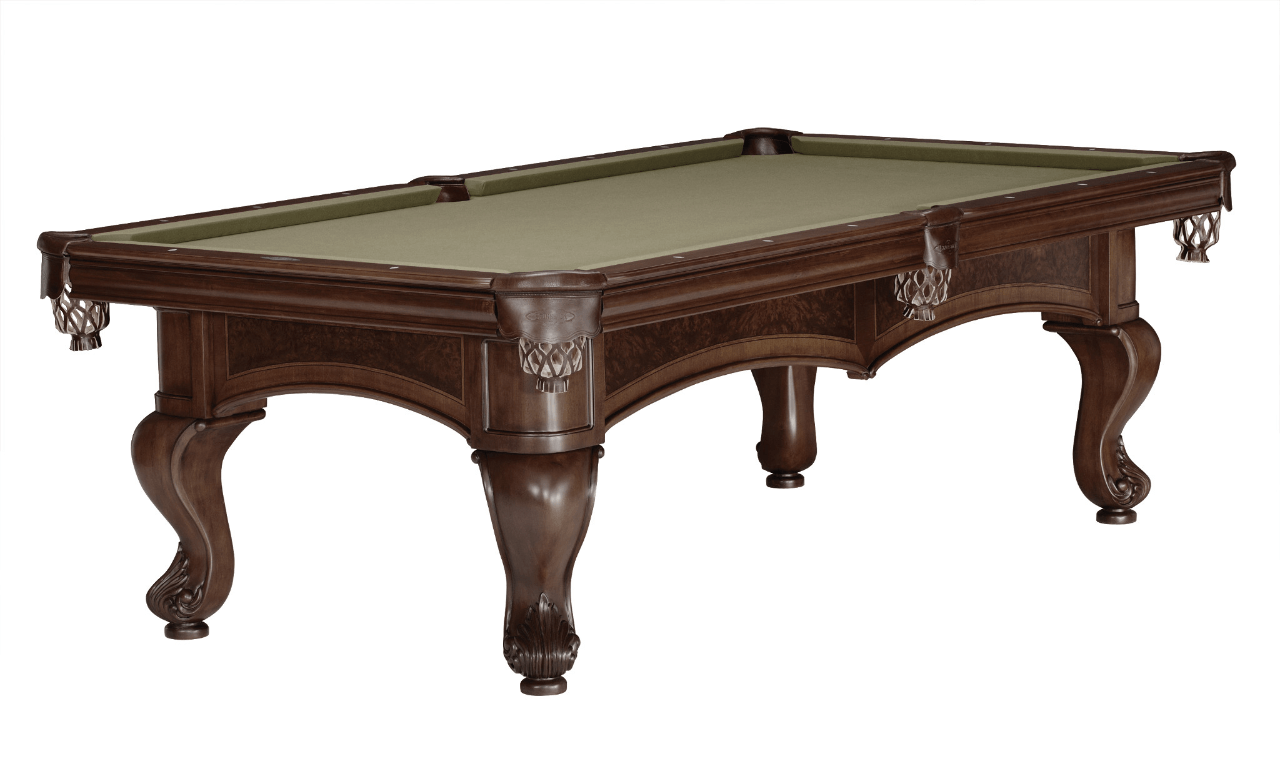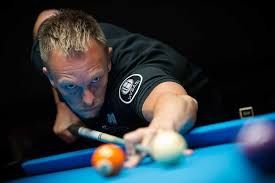
While pool and Billiards are quite similar games, there are some key differences. They use different sizes of tables. Billiards tables are much bigger than pool tables, and they use much larger balls. Billiards cues have a shorter and thicker cue than pool cues.
Carom billiards is free of pockets
Carom billiards are different from pocket billiards in that they use no pockets to hold the balls. Three balls are used instead of the usual 4. The cue used by players to shoot the balls should be directed in a way that produces certain ricochet results. These games require a lot of skill and ingenuity. Each player has three attempts. A player can earn as much as 500 points, but the highest recorded score is only 427.
The objective of carom billiards is to amass as much score as possible before your opponent, and to do so within a set period of time. Each shot that is successful earns one point. A miss does not count as a win. Aramith Carom Balls allow players to attempt artistic billiards.
Only three balls are used
Pool and billiards are both variations of the game carom. Both games involve three balls: the red and carom balls. The red ball, also known as the cue ball, is used in carom-billiards. The yellow, brown and blue balls are the remaining balls. Both games can be played at pool tables measuring five by ten feet.

Billiards can be played on a five-by-10 foot table with three balls. In three-cushion, the cueball is marked on one end with a small black dot. The object is always the red ball. The game's goal is to score the most points.
The directional nap of snooker cloth is noticeable
Snooker cloth is distinguished by its directional nap, which influences the trajectory. It is thick and made of 100% wool. This is a different cloth from carom, which is typically worsted for speed. Both types can be used for different purposes.
A slow shot towards the middle pockets is where you will notice the most obvious directional nap difference. If the ball is not played at a dead weight, it will fall into the side cushion. In order to prevent this, aim your shot towards the inside or far jaw of the middle pocket.
Modern billiards cues
Modern billiards cues differ from pool cues in many ways. They are made of different materials. The male and female internal connection points are almost always made of steel or brass. These materials are more resistant to temperature changes and expand and contract less than other materials. Not only are the cue materials high-quality, but many cues also have silver inlays and precious stones.
Billiards evolved from outdoor stick-and-ball games. This game is also called "ground billiards" and is very similar to modern sports like croquet, golf, and hockey. Modern billiards cues can be used for many different purposes, despite their similarities.

History of billiards
Billiards and pool date back to the 14th century when ground-billiards were invented. The origin of the word 'billiards' is unclear, but two French words are suspected of being the source. The first is billette, which refers to a mace stick that is used to smash balls. The second is bille, which means tail. Frenchmen, in addition to being the English-language game's inventors, also contributed to its evolution.
In the early eighteenth century, billiards and pool became popular in England and Europe. King Henry VIII and Edward VI attended games of pool. The Archbishop of Glasgow was also present. Cardinal Thomas Wosley wrote a letter to the Archbishop of Glasgow praising the game. Billiards was a noble game in the 17th century. French kings and noblemen hired joiners to build their tables. The game has evolved considerably over the centuries, with the role of pockets evolving with time.